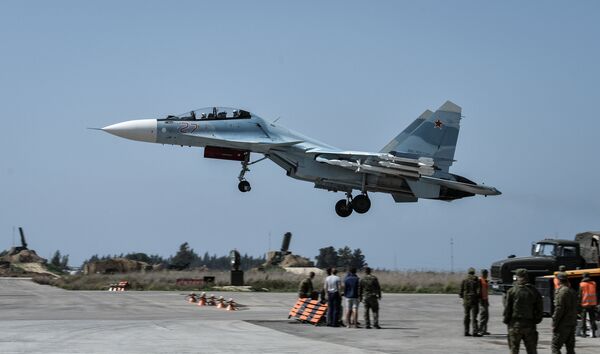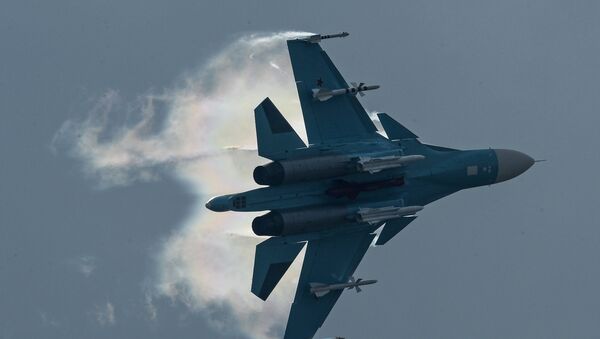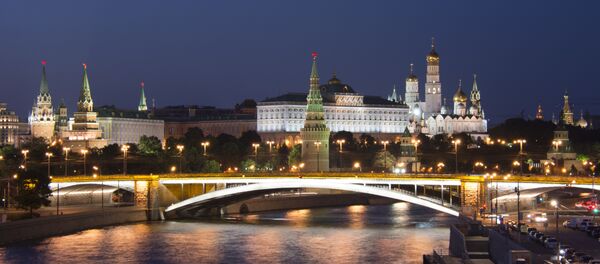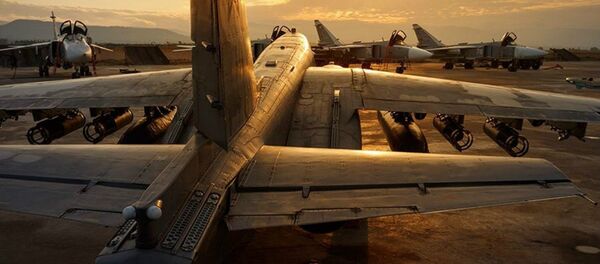"Putin can take a victory lap. The campaign to shore up president Bashar al-Assad's faltering army has been a success, and it has accomplished another major goal for Moscow: It has shown the world that an immensely expensive, multi-decade program to rebuild Russia's armed forces is working," Vice News reported.
The $700 billion program was launched under Russia's former defense chief Anatoly Serdyukov and modified under current Minister of Defense, Sergey Shoigu, in a bid to modernize 70 percent of the armed forces by 2020. Although delays could not be avoided, Russia has succeeded in creating a more responsive, organized and efficient force.
"Russia has made great progress in modernizing its military," the Washington Times observed, adding that approximately 30 percent of the armed forces are "operating post-Soviet, 21st-century equipment."
Earlier this month, President Vladimir Putin said that the Russian military received 96 new planes, 81 helicopters, two multi-purpose submarines, 152 air defense systems, 291 radar stations, as well as more than 400 armored vehicles and artillery systems in 2015.

"If you were to have told them back then, that in 2016 they would deploy to Syria, much further away, with a much more modernized air force, and they would conduct an air campaign for months without a single loss to ground fire, and they would be using drones and satellite imagery… it would sound like science fiction," Michael Kofman, a Russia analyst at the Center for Naval Analyses, told Vice News.

Some of the weapons that made its military debut in Syria include the Sukhoi Su-34 Fullback fighter-bomber, the Tupolev Tu-160 (Blackjack) strategic bomber, the Su-35S multirole fighter, the stealthy airborne Kh-101 cruise missile, the Rostov-on-Don diesel-electric submarine, etc.



